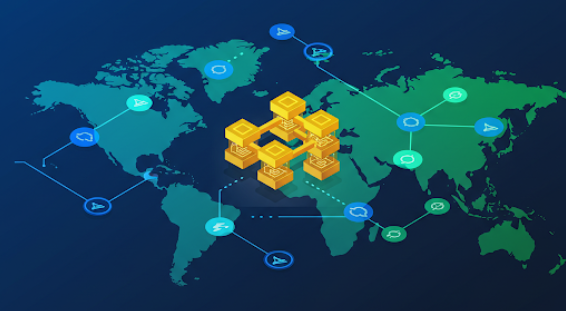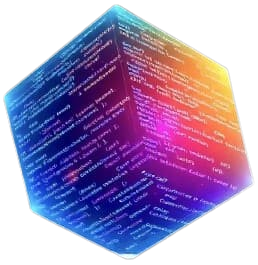
Web3 and Blockchain: Transforming the Future of the Internet
Web3 and Blockchain: Transforming the Future of the Internet
The internet is changing. As we enter 2025, two influential forces Web3 and blockchain are at the center of this change. Combined, they hold the potential to revolutionize the way we engage with digital platforms, control data, and generate value online. This article delves into how Web3 and blockchain are transforming the future of the internet.
Understanding Web3
Web3, or Web 3.0, is the third iteration of the internet. In contrast to Web2, which is controlled by centralized platforms such as Google, Facebook, and Amazon, Web3 is based on decentralized protocols. It imagines an internet in which users own their data, digital identities, and assets and control is distributed through open, transparent, trustless systems.
The primary objective of Web3 is to minimize the use of middlemen. Social media, financial transactions, and gaming users directly interact with decentralized applications (dApps) executing on blockchain networks.
What is Blockchain?
Blockchain is the technology driving Web3. It is an immutable, distributed ledger that chronicles transactions securely and transparently. Each transaction is verified and stored on a network of computers, so there's no control or point of failure.
This technology makes possible new forms of online value management and trust. Rather than requiring a bank to validate a transaction, a blockchain validates it through code and consensus.
Smart Contracts and dApps
Smart contracts are autonomous pieces of code that execute on a blockchain. They enforce rules and agreements automatically without the need for human intervention. They are the building blocks of dApps applications that execute exactly as programmed and cannot be changed or removed by any one party.
From decentralized finance (DeFi) platforms to NFT marketplaces, smart contracts are fueling innovation across almost every digital industry. They are creating increased transparency, automation, and user control.
Major Advantages of Web3
Perhaps the most thrilling feature of Web3 is the empowerment of users. In the Web3 world, users are able to:
- Own their digital identities and assets (e.g., NFTs, tokens)
- Earn rewards for contribution to decentralized networks
- Vote on governance decisions in decentralized autonomous organizations (DAOs)
- Part in the value created by platforms they assist in constructing
Web3 is also interoperable by nature. That is, various applications are able to work together flawlessly, enabling developers to build more comprehensive, more integrated user experiences.
Challenges and Opportunities
In spite of its promise, Web3 is currently in its nascent stage and has real challenges. These are scalability challenges, complex user experiences, energy consumption issues, and regulatory ambiguity. Nevertheless, fast-paced developments like layer-2 scaling solutions, proof-of-stake consensus protocols, and improved wallet experiences are maturing the space.
Conclusion
Web3 and blockchain aren't merely technological advances they are a philosophical revolution in the way we conceptualize the internet. They seek to shift us away from a platform-centric world towards a more open, fair, and user-controlled digital economy. As these technologies continue to grow in 2025 and beyond, they will unlock new potential for people, creators, and communities everywhere. The decentralized future has arrived are you ready to join it?
